iOS Flexbox 布局
FlebBoxLayout
Overview

Example
To run the example project, clone the repo.
Installation
FBLayout is available through CocoaPods . To install it, simply add the following line to your Podfile:
pod "FlexBoxLayout"
Usage
These are some flexbox introduce FlexBox(Chinese) , A Complete Guide to Flexbox and A Visual Guide to CSS3 Flexbox Properties 。
Flexbox container properties
flex-direction
This property specifies how flex items are laid out in the flex container, by setting the direction of the flex container’s main axis. They can be laid out in two main directions, like rows horizontally or like columns vertically.
FBFlexDirectionRow;

FBFlexDirectionRowReverse;

FBFlexDirectionColumn;
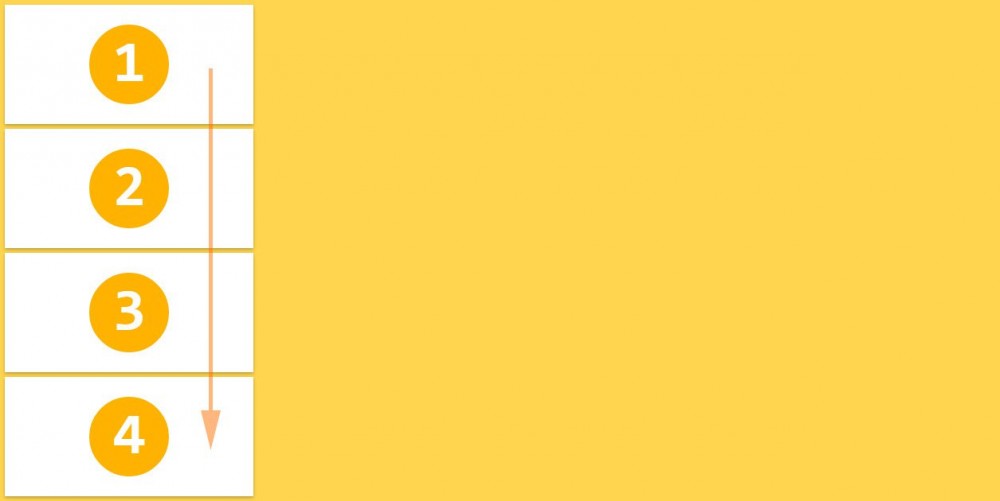
FBFlexDirectionColumnReverse;
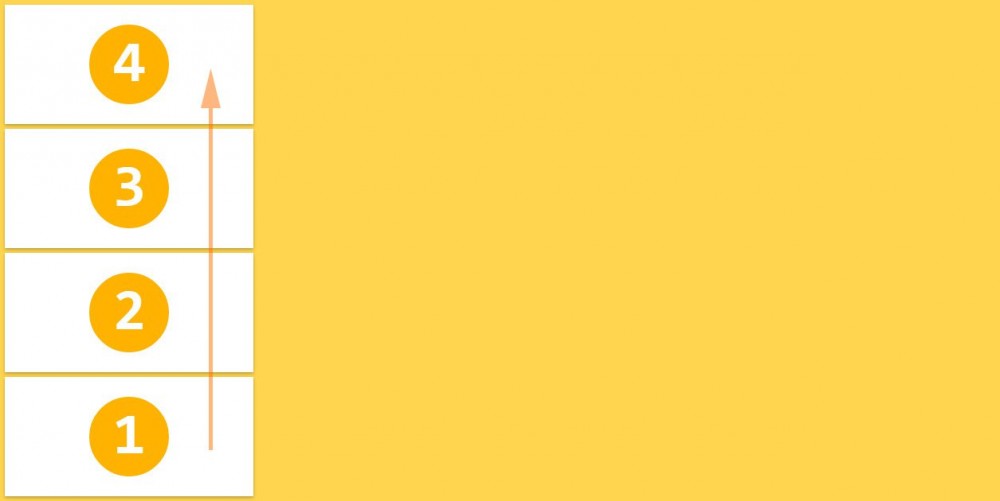
flex-wrap
The initial flexbox concept is the container to set its items in one single line. The flex-wrap property controls if the flex container lay out its items in single or multiple lines, and the direction the new lines are stacked in.Supports only 'nowrap' (which is the default) or 'wrap'
FBWrapNoWrap;

FBWrapWrap;

justify-content
The justify-content property aligns flex items along the main axis of the current line of the flex container. It helps distribute left free space when either all the flex items on a line are inflexible, or are flexible but have reached their maximum size.
FBJustifyFlexStart;

FBJustifyCenter;

FBJustifyFlexEnd

FBJustifySpaceBetween;

FBJustifySpaceAround;

align-items
Flex items can be aligned in the cross axis of the current line of the flex container, similar to justify-content but in the perpendicular direction. This property sets the default alignment for all flex items, including the anonymous ones.
FBAlignFlexStart;

FBAlignCenter;

FBAlignFlexEnd;

FBAlignStretch;

align-content
The align-content property aligns a flex container’s lines within the flex container when there is extra space in the cross-axis, similar to how justify-content aligns individual items within the main-axis.
FBAlignFlexStart;
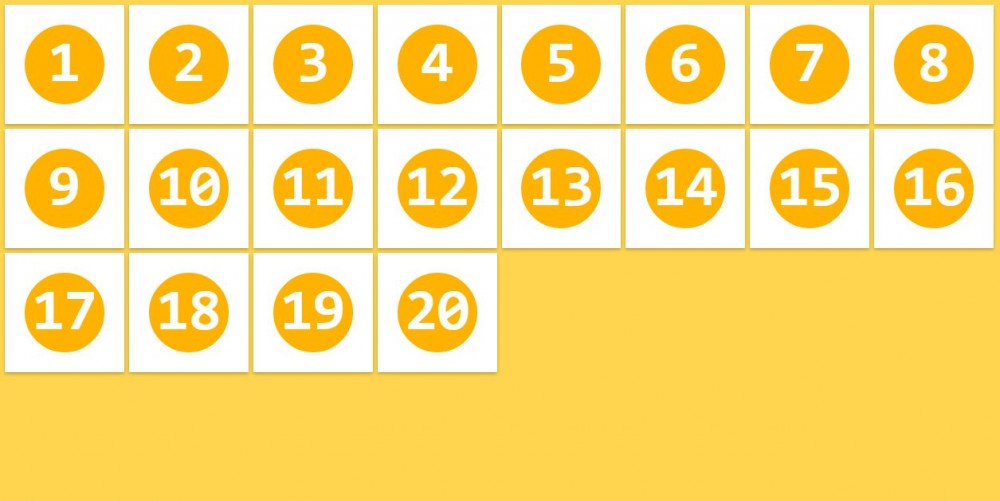
FBAlignCenter;
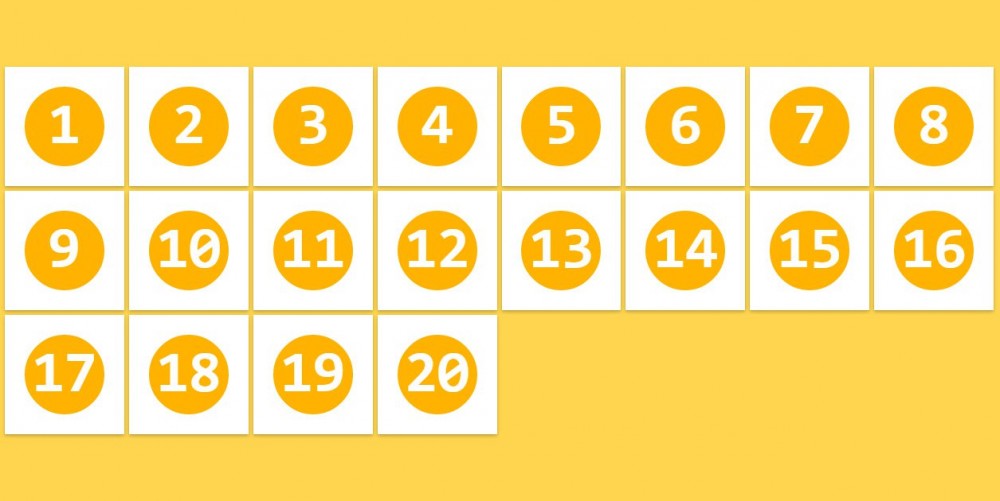
FBAlignFlexEnd;
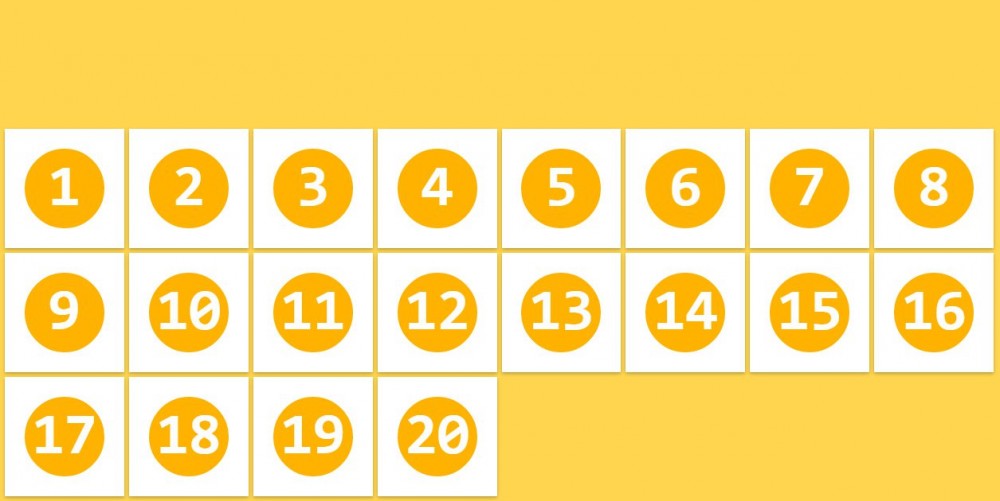
FBAlignStretch;
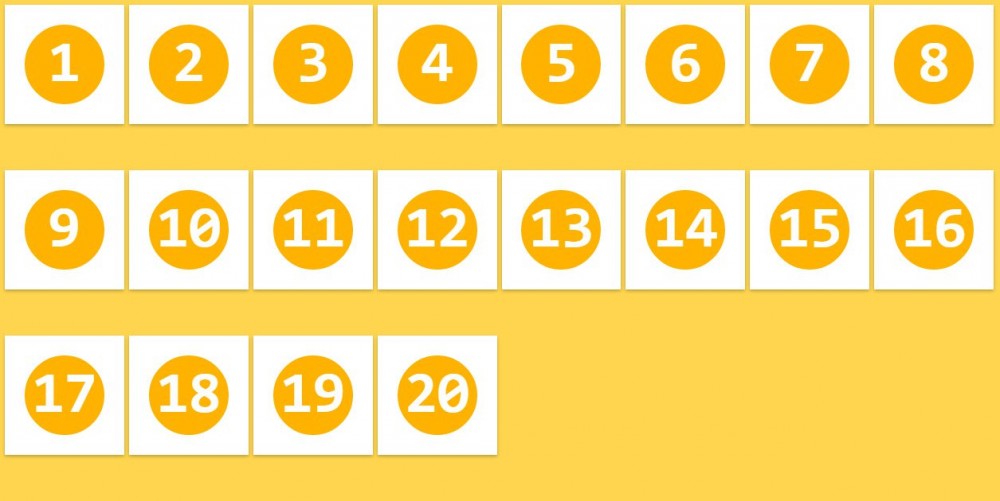
Flexbox item properties
flex-grow
This property specifies the flex grow factor, which determines how much the flex item will grow relative to the rest of the flex items in the flex container when positive free space is distributed.
FlexGrow;


flex-shrink
The flex-shrink specifies the flex shrink factor, which determines how much the flex item will shrink relative to the rest of the flex items in the flex container when negative free space is distributed.
By default all flex items can be shrunk, but if we set it to 0 (don’t shrink) they will maintain the original size
FlexShrink;

flex-basis
This property takes the same values as the width and height properties, and specifies the initial main size of the flex item, before free space is distributed according to the flex factors.
FlexBasis:350;

align-self
This align-self property allows the default alignment (or the one specified by align-items) to be overridden for individual flex items. Refer to align-items explanation for flex container to understand the available values.
FBAlignFlexStart;

UIView + FBLayout Usage
UIScrollView *contentView = [UIScrollView new];
contentView.frame = CGRectMake(0, 0, [UIScreen mainScreen].bounds.size.width, [UIScreen mainScreen].bounds.size.height-44);
[self.view addSubview:contentView];
UIView *child1 = [UIView new];
child1.backgroundColor = [UIColor blueColor];
[child1 fb_makeLayout:^(FBLayout *layout) {
layout.width.height.equalTo(@100);
}];
UIView *child2 = [UIView new];
child2.backgroundColor = [UIColor greenColor];
[child2 fb_makeLayout:^(FBLayout *layout) {
layout.equalTo(child1);
}];
UILabel *child3 = [UILabel new];
child3.numberOfLines = 0;
child3.backgroundColor = [UIColor yellowColor];
[child3 fb_wrapContent];
[child3 setAttributedText:[[NSAttributedString alloc] initWithString:@"testfdsfdsfdsfdsfdsfdsafdsafdsafasdkkk" attributes:@{NSFontAttributeName :[UIFont systemFontOfSize:18]}] ];
[contentView addSubview:child1];
[contentView addSubview:child2];
[contentView addSubview:child3];
FBLayoutDiv *div1 = [FBLayoutDiv layoutDivWithFlexDirection:FBFlexDirectionColumn
justifyContent:FBJustifySpaceBetween
alignItems:FBAlignCenter
children:@[child1, child2,child3]];
[div1 fb_makeLayout:^(FBLayout *layout) {
layout.margin.equalToEdgeInsets(UIEdgeInsetsMake(20, 0, 0, 0));
layout.width.equalTo(@(150));
}];
UIView *child5 = [UIView new];
child5.backgroundColor = [UIColor blueColor];
child5.CSSStyles = @{FBWidthAttributeName:@(50),
FBHeightAttributeName:@(50),
FBMarginAttributeName:[NSValue valueWithUIEdgeInsets:UIEdgeInsetsMake(0, 0, 10, 0)],
FBFlexGrowAttributeName:@1.0};
UIView *child6 = [UIView new];
child6.backgroundColor = [UIColor greenColor];
[child6 fb_makeLayout:^(FBLayout *layout) {
layout.equalTo(child5);
layout.flexGrow.equalTo(@(2.0));
layout.margin.equalToEdgeInsets(UIEdgeInsetsMake(10, 10, 10, 10));
}];
UIView *child7 = [UIView new];
child7.backgroundColor = [UIColor yellowColor];
[child7 fb_makeLayout:^(FBLayout *layout) {
layout.equalTo(child5);
}];
UIView *child8 = [UIView new];
child8.backgroundColor = [UIColor blackColor];
[child8 fb_makeLayout:^(FBLayout *layout) {
layout.equalTo(child5);
}];
FBLayoutDiv *div2 =[FBLayoutDiv layoutDivWithFlexDirection:FBFlexDirectionColumn
justifyContent:FBJustifySpaceAround
alignItems:FBAlignCenter
children:@[child5,child6,child7,child8]];
[div2 fb_makeLayout:^(FBLayout *layout) {
layout.margin.equalToEdgeInsets(UIEdgeInsetsMake(20, 0, 0, 0));
layout.width.equalTo(@(150));
}];
[contentView addSubview:child5];
[contentView addSubview:child6];
[contentView addSubview:child7];
[contentView addSubview:child8];
FBLayoutDiv *root = [FBLayoutDiv layoutDivWithFlexDirection:FBFlexDirectionRow
justifyContent:FBJustifySpaceAround
alignItems:FBAlignCenter
children:@[div1,div2]];
contentView.fb_contentDiv = root;
[root fb_asyApplyLayoutWithSize:[UIScreen mainScreen].bounds.size];
FBLayoutDiv
FBLayoutDiv is virtual view, split view to a different area, avoid too much view.
FBLayoutDiv *div1 = [FBLayoutDiv layoutDivWithFlexDirection:FBFlexDirectionColumn
justifyContent:FBJustifySpaceBetween
alignItems:FBAlignCenter
children:@[child1, child2,child3]];
FBLayoutDiv *div2 =[FBLayoutDiv layoutDivWithFlexDirection:FBFlexDirectionColumn
justifyContent:FBJustifySpaceAround
alignItems:FBAlignCenter
children:@[child5,child6,child7,child8]];
root.fb_children = @[div1,div2];
UITableView+FBLayout
UITableView+FBLayout is category of UITableView. It support auto cell height of FBLayout and easy use.
[self.tableView fb_setCellContnetViewBlockForIndexPath:^UIView *(NSIndexPath *indexPath) {
return [[FBFeedView alloc]initWithModel:weakSelf.sections[indexPath.section][indexPath.row]];
}];
....
- (CGFloat)tableView:(UITableView *)tableView heightForRowAtIndexPath:(NSIndexPath *)indexPath {
return [self.tableView fb_heightForIndexPath:indexPath];
}
- (UITableViewCell *)tableView:(UITableView *)tableView cellForRowAtIndexPath:(NSIndexPath *)indexPath {
return [self.tableView fb_cellForIndexPath:indexPath];
}
UIScrollView+FBLayout
It support auto content size
FBLayoutDiv *root = [FBLayoutDiv layoutDivWithFlexDirection:FBFlexDirectionRow
justifyContent:FBJustifySpaceAround
alignItems:FBAlignCenter
children:@[div1,div2]];
contentView.fb_contentDiv = root;
Author
qiang.shen
License
FBLayout is available under the MIT license. See the LICENSE file for more info.











![[HBLOG]公众号](https://www.liuhaihua.cn/img/qrcode_gzh.jpg)

